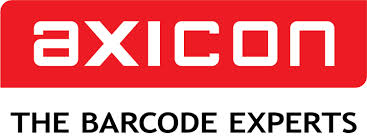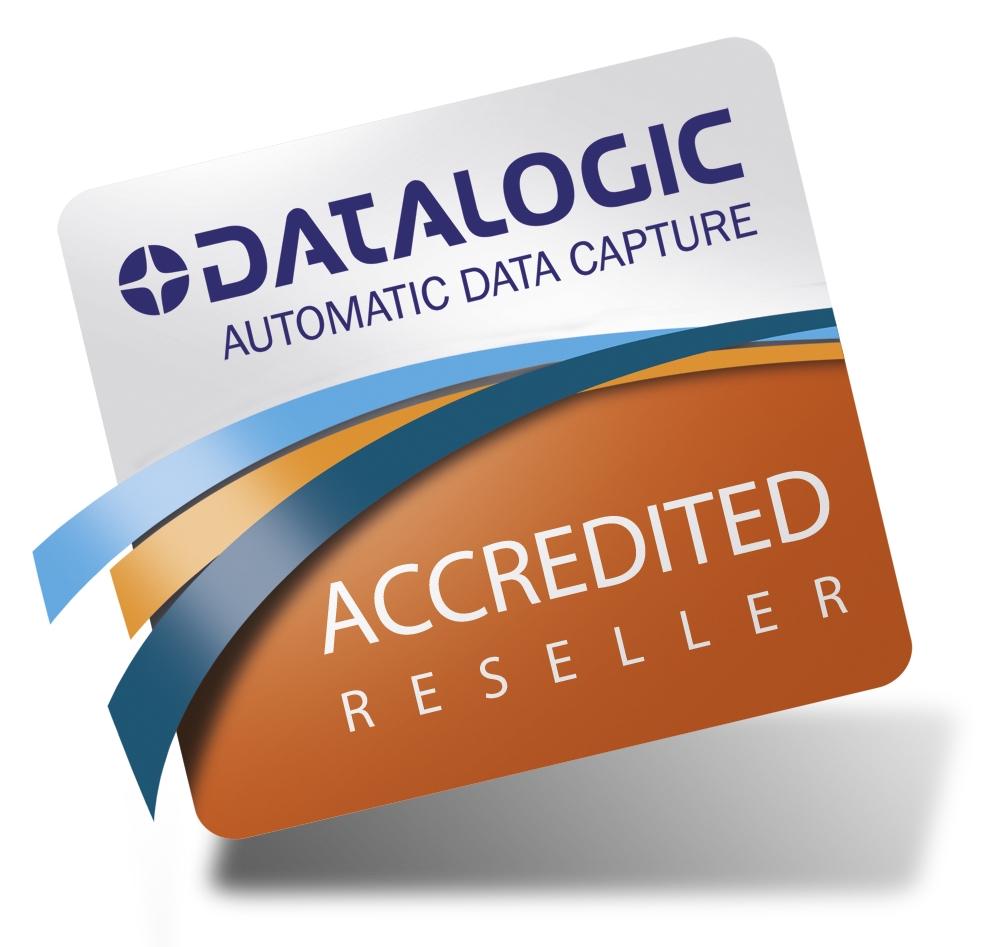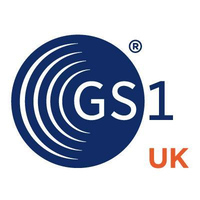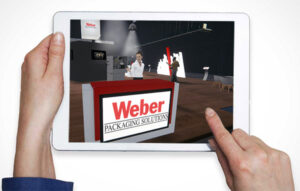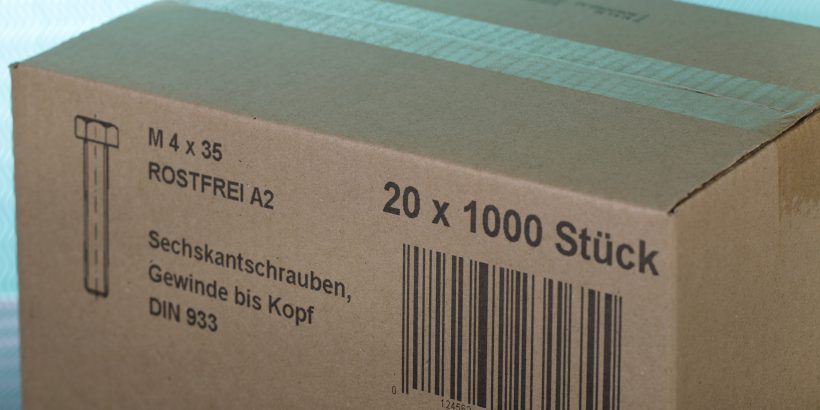
There are many ways to label cardboard. The techniques differ primarily in terms of pressure, flexibility, speed and operating costs. Therefore, the decision about cardboard labeling is mostly based on the specific application. For example, different requirements are placed on an identification for internal logistics than on coding, which must also be read out by external partners or customers.
Do you need a flexible label printer dispenser or does a cost- saving inkjet printer fulfill the task as well? We have compared the application-relevant key data of the carton labeling with those of the direct printing by means of l. Conclusion: In most cases, labels are more readable and labeling systems more flexible than inkjet printers. Direct printing, on the other hand, is much faster and much more cost-effective than labeling.
 |
 |
||
| Direct pressure (with piezo technology)  |
labeling
|
||
| Maximum resolution | 200 dpi | 600 dpi | |
| print sharpness | Absorbency of cardboard reduces pressure sharpness | Brilliant thermal transfer printing on label material | |
| legibility | Brown cardboard reduces readability | Very good on white label material | |
| Maximum font size | Printing width variable, maximum printing height: 800 mm |
Label height variable, maximum label width: 160 mm |
|
| Printing of graphics, images and codes | possible | possible | |
| Various printing inks | possible | possible | |
| investment costs | comparable | comparable | |
| Operating costs / consumables | Lower (ink) |
Higher (labels, thermal transfer strips) |
|
| Printing costs per 1,000 prints(In the format 105 x 150 mm, printed image so, at 1 million prints pa) | Lower (about 3,10 Euro) |
Higher (about 9.50 Euro) |
|
| Maximum printing speed | 1,000 mm / sec | 400 mm / sec | |
| Movability of the print head / stamp plate | Static, not movable |
Movable and variable, also labeling “around the corner” possible |
|
| Printable cardboard surfaces | From above, side, not from below | From the top, side and bottom | |
| format change | Change font size during the printing process | It is not possible to change the label size during operation | |
| Markable surfaces | Only absorbent surfaces (like cartons) are possible | Different materials and shapes possible | |
| Maximum removal of the marking system from the carton | Low (due to proximity to the print head), almost contact with the carton required | Large (because of a dispensing dispenser), contactless inflation of the label |
Carton identification: alternative for small print images
If a print height of 50 millimeters is sufficient, use a so-called “thermal inkjet printer”. This technology prints in a resolution of 600 dpi and withstands any comparison with labels with regard to the print quality on white cartons.

The Neuss Sauerkraut producer Leuchtenberg changed its carton marking to direct printing. The card sides are printed on the front with two HP print heads and two piezo printheads with Trident ink on the back.



